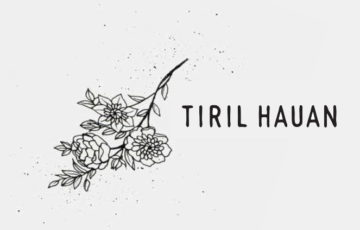Taking pictures is storytelling; only instead of telling stories with your words or your voice, you paint them with light.
And even though there obviously is no single “correct” way of doing it; there are ways of making your story clearer and stronger.
Here’s how I tell my stories:
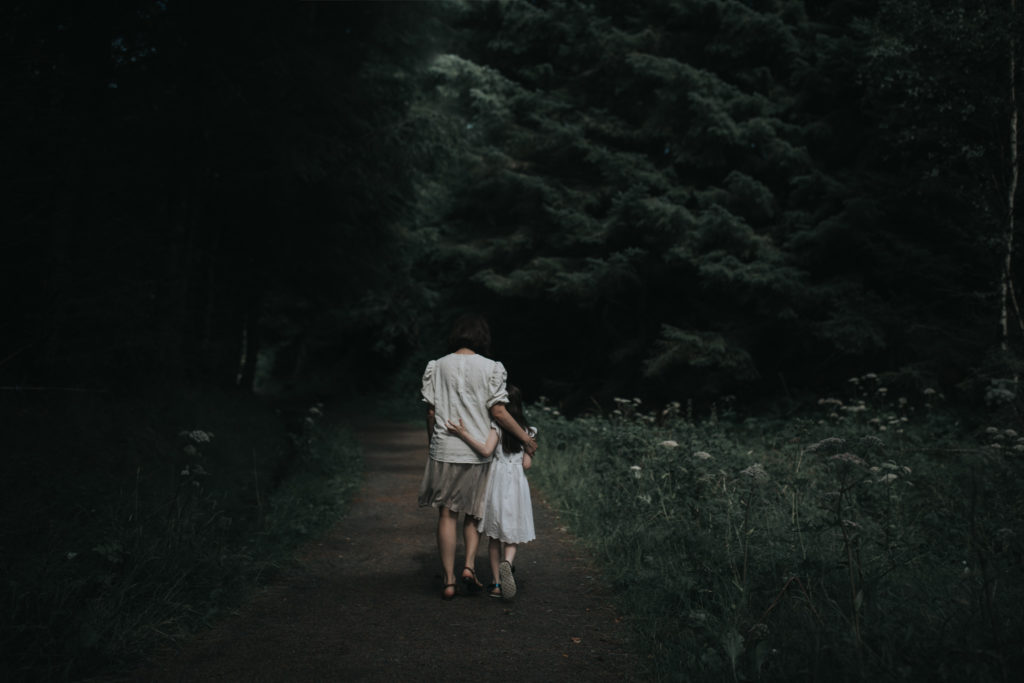
1: Prepare and plan the shoot
– Create a Pinterest board with inspiring images, make a shoot list; bring them with you in your minds eye (or easily accessible on your phone). (Often they will help you and guide you, but know that some times you’ll have to put them aside and forget all about them.)
– Find a location that allows for a bit of variation. Preferably one that offers shade if it’s the middle of the day and sunny. Also, some locations are simply swelling with storytelling potential; like roads and paths leading into the image/into the future; and basically anything that’s covered in fog.
– Help your clients choose clothes that work well with your aestethics, so the clothes don’t mess with the feeling of the shoot (avoid clothes that steal attention, e.g. sweaters with letters, words, big patterns or pictures on them).
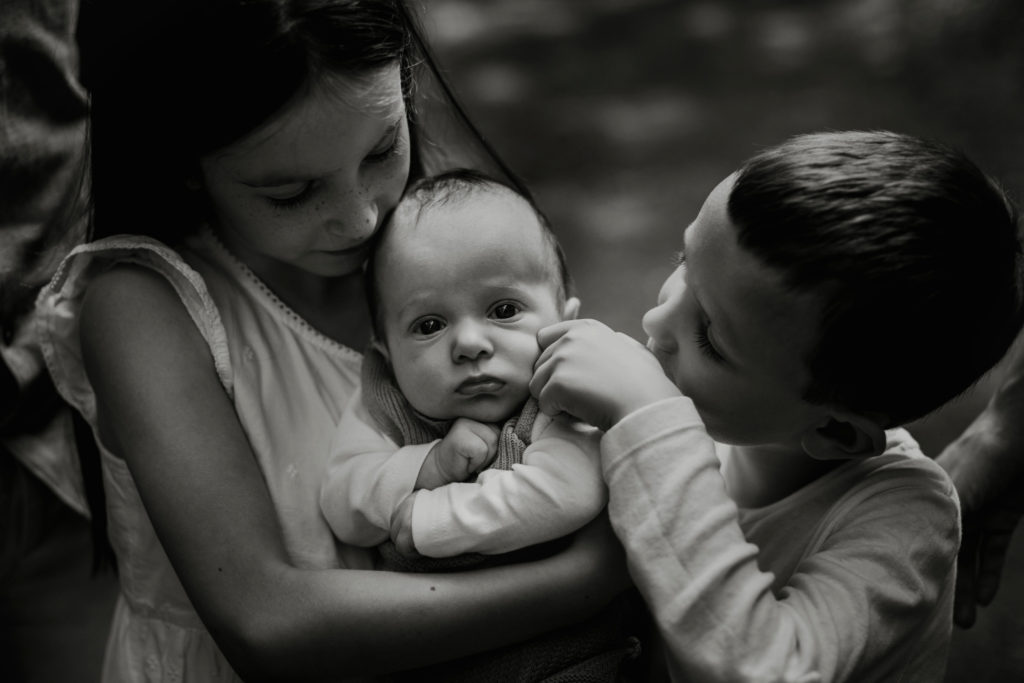
2: Be mindful, but also playful
– Pay attention to what comes natural to the people you are shooting; it’s their story you are telling! Even if you’ve memorized a bunch of really nice poses; these will not help if they do not fit the people you have in front of your camera. Are the kids super shy? Steal emotional images of closeness as they seek comfort in their parents’ arms. Are the kids running around? Run after them, hide behind a tree with your camera.
– Plan an activity; just sitting around doesn’t usually interest the kids much. Invite them to do things together. Twirling, dancing, playing hide and seek, gather wildflowers, surprise attack-hug their parents.
– Always remember the moments in-between. That’s where the gold is.
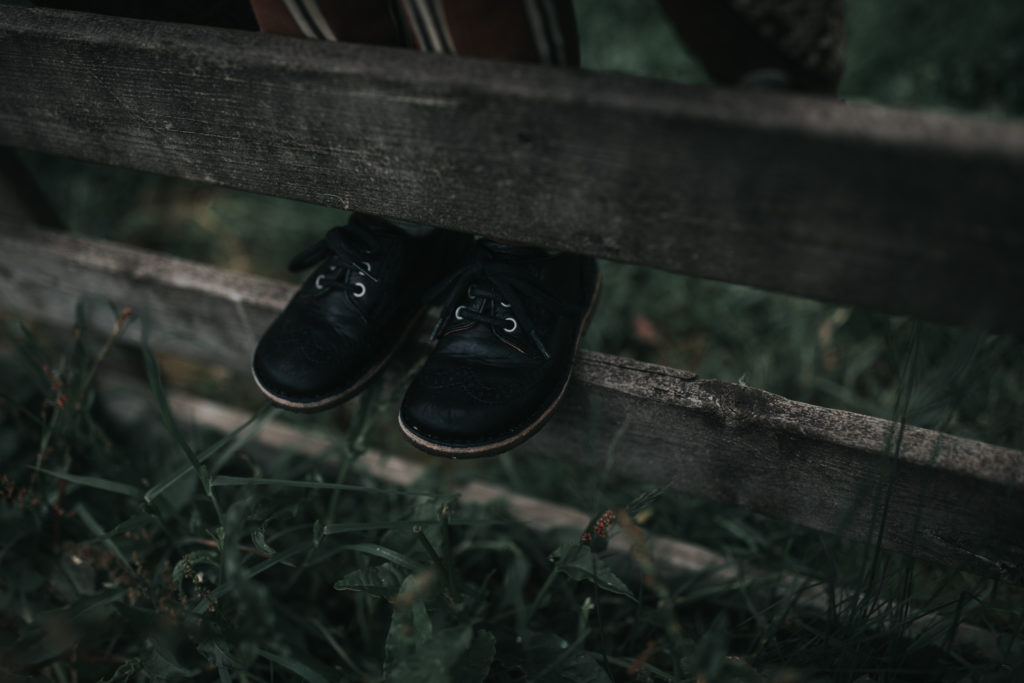
3: Think like a director:
What images do you need to tell a story through this shoot?
– For variety I often try to shoot in three dimensions; far away (for big, epic pictures with lots of negative space), aproximately 2 metres away, and super close (for details).
– Remember you need “mood shots” too. These include pictures of the landscape without anyone in them; pictures of details, hand-holding, arms carrying, hair blowing in the wind, blurry shots (like e.g. a focused grass foreground and blurry legs running in the background), details of flowers etc. These will be essential for the “silent” parts of your story, the moments where those who are viewing it catch their breath.
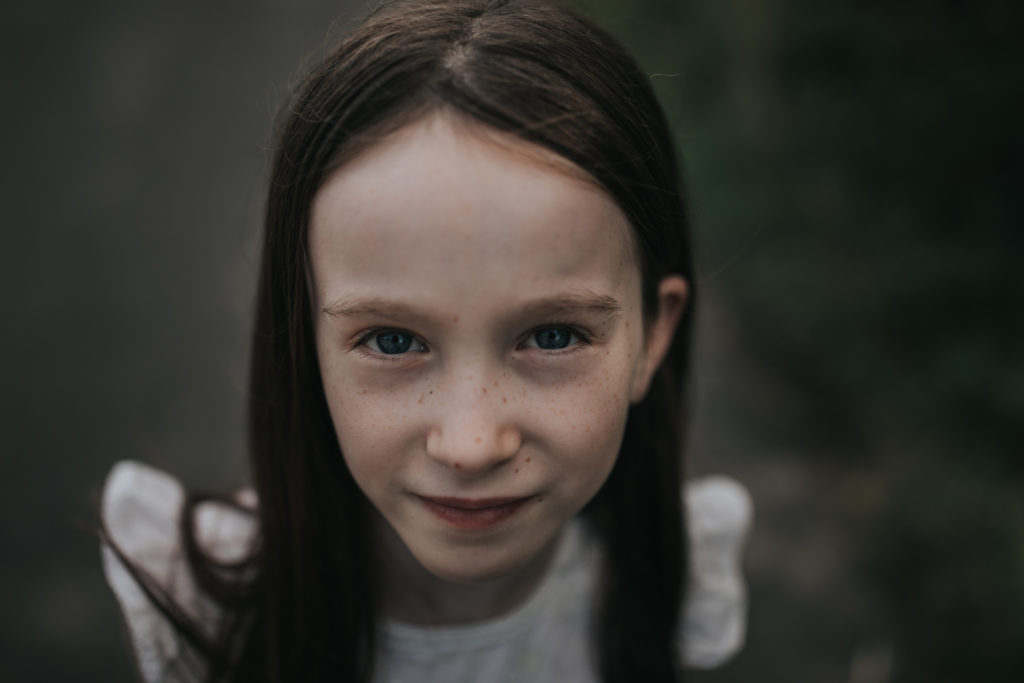
4: Beware of distractions
– When you are trying to tell a story, stick to the story. Be careful with including a bunch of props, be careful with using a lot of different colours at once (unless that is part of the story you want to tell):
Less is always more.
5: Emotions over perfection
– Nothing tells a story like images filled with genuine emotion. Do not leave an image unused because it’s not entirely in focus, or because it’s not “technically perfect”. Come grain, blur, bad lighting and lousy compositions; raw emotions will always save the day.
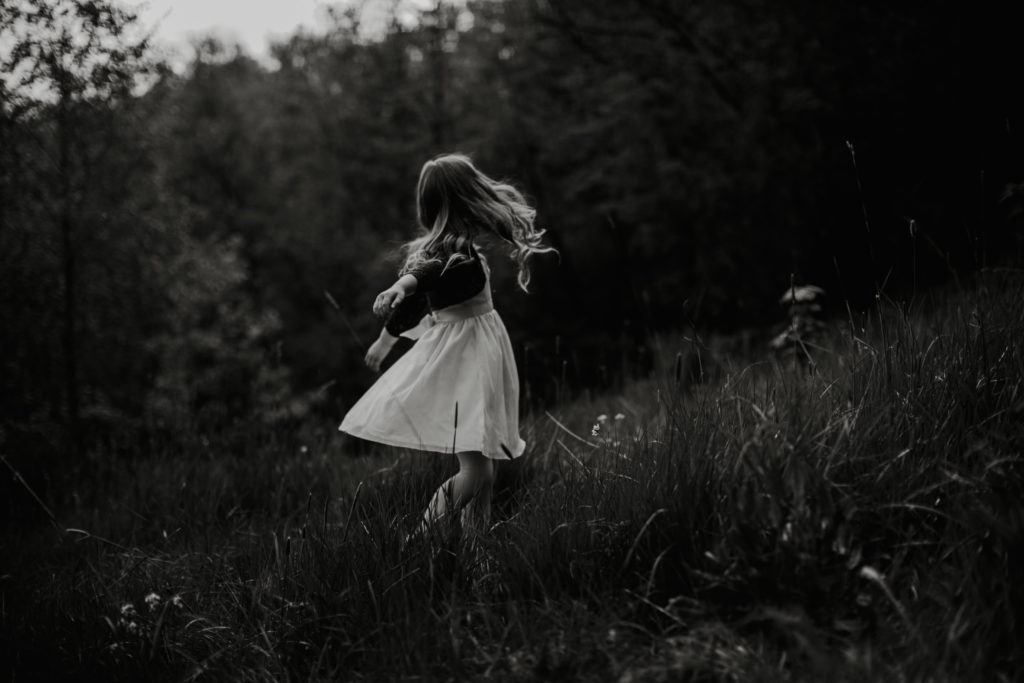
PS: Want to know more? Please sign up to my newsletter here: and I’ll send you an email whenever there’s a fresh blog post coming up!
